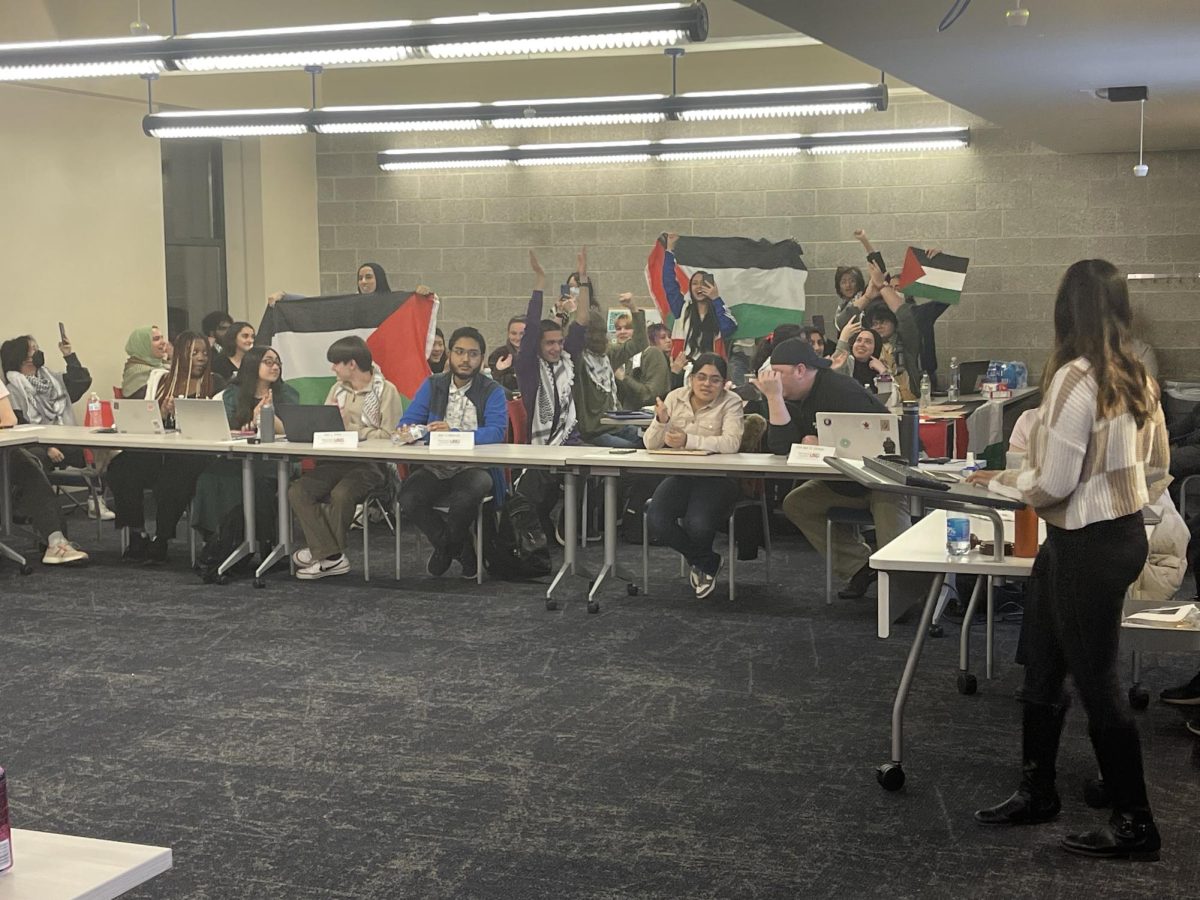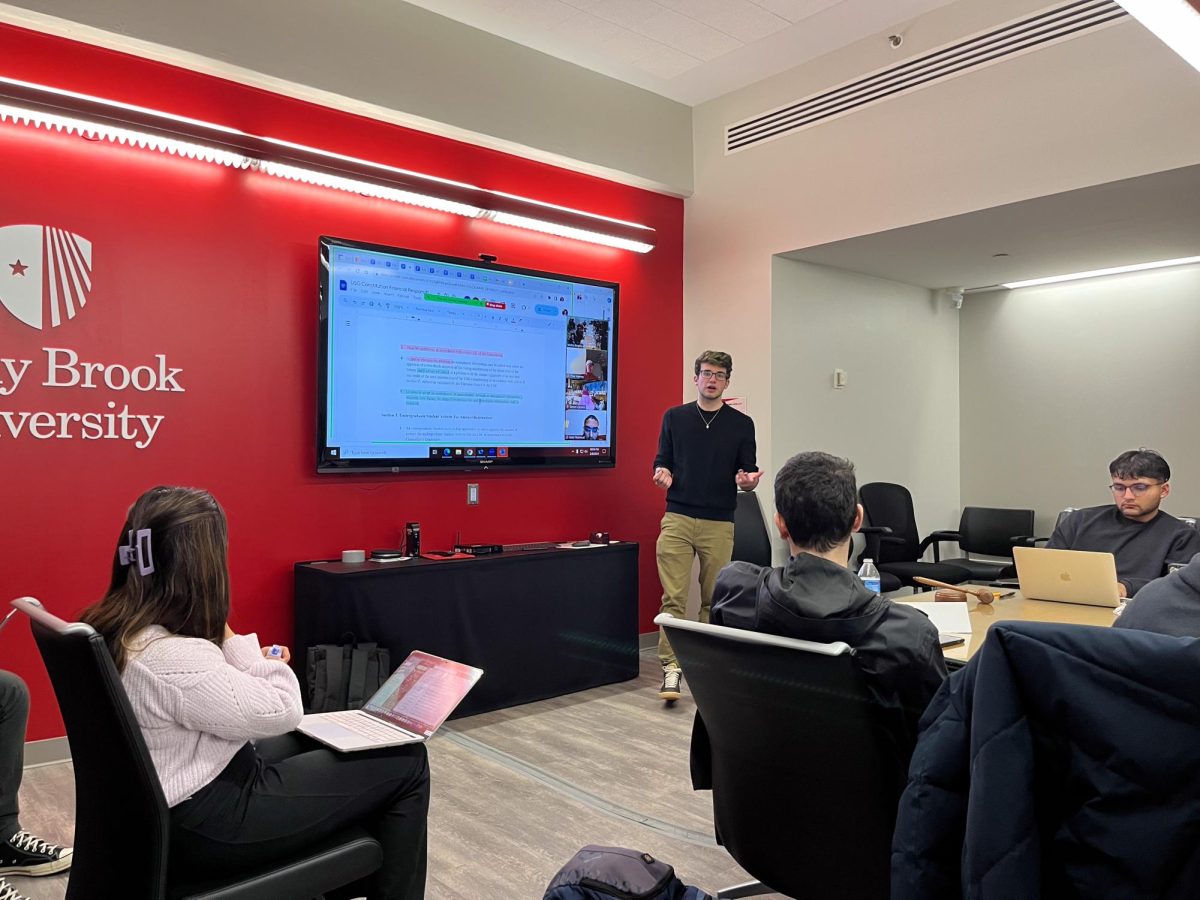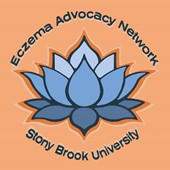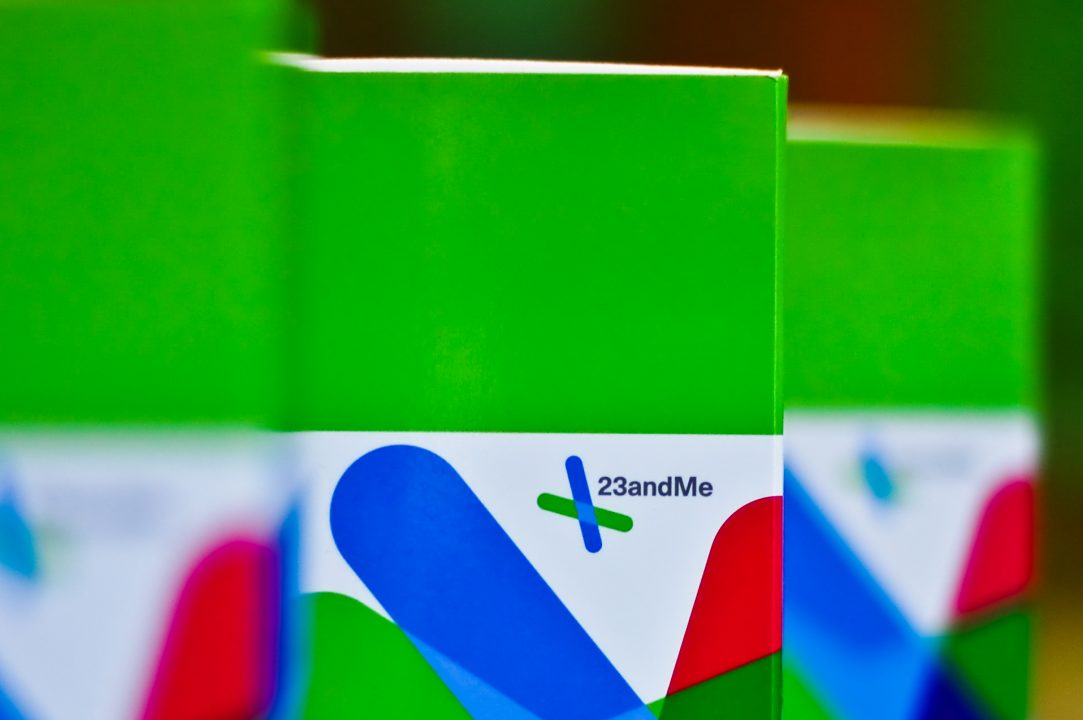Residence Hall Police Reports
Grand Larceny
Around 12:00PM on November 20th in Mendelsohn Quad in Gray College, grand larceny occurred.
Marijuana
A total of 6 referrals were made regarding marijuana. Two at 5:15PM on the 20th at Hamilton College. Four more were made at 4:10PM on the 21st at West Apartments H. The final two were issued at 1:50AM on the 20th for smoking of marijuana.
Burglaries
Theft on numerous items and burglary occurred in Schick College around 8:45AM on November 21st.
A second burglary occurred in Dewey College around 9:30AM on the 21st. Multiple miscellaneous items were stolen. Two video games were reported stolen in Baruch College around 1:00PM on the 21st. Later on grand larceny occurred in Baruch College when two credit cards were also stolen.
Odor of Gas
An odor of gas was reported in West Apartments H. Upon inspection, no gas odor was found.
Gasoline Spill
A report was made in Sanger College B Wing of a large amount of gas spilled on the ground at 7:09PM. Speed dry was placed on the ground and the situation was monitored until dry.
BB Gun
Reckless Endangerment occurred when a student was found firing a BB pellet gun in Langmuir College. The pellet gun and jar of BB’s was confiscated and a student referral was issued. This occurred around 12:38AM on the 26th of November.
Campus Roads Police Reports
Car Accidents
A motor vehicle accident occurred around the Main Entrance and the Guard Booth at 11:07PM on the 20th of November. No injuries were reported.
Another motor vehicle accident occurred on the Engineering Drive around 10:50AM on the 21st of November. No injuries were reported.
Around 5:11PM on the 26th a motor vehicle accident occurred on the traffic circle near Roth and Tabler Quad.
Around 4:25PM on the 27th, a car accident occurred around Circle Rd and Tabler Quad. Drivers walked into Police Headquarters to report accident.
A motor vehicle accident occurred in the University Hospital Parking Garage around 8:43AM on the 21st. No injuries were reported.
Verbal Harassment
Reports of verbal altercation occurred around 12:38AM on the 21st in the North Parking Lot. This harassment occurred between 1 female and 5 males.
Driving While Intoxicated
A motor vehicle accident occurred on John S. Toll Drive around 11:55PM on the 22nd. Two male students were transported to the University Hospital, and one student was arrested under DWI charges. Alcoholic beverages were confiscated.
GPS Stolen
Around 5:20PM a Global Positioning System was stolen from a car in the Gym Road Parking Lot.
University Hospital Police Reports
Damaged Vending Machine
The glass of a vending machine was found smashed around 25th of November on the 9th level of the University Hospital.
Other Police Reports:
Smell of Gas
The smell of gas was found in the Southampton Technology Center around 10:00AM on the 20th. Area was patrolled and was found to be clean.
Misuse of Fire Extinguisher
Around 5:00AM on the 21st of November, a fire extinguisher was found sprayed all over the floor in the Melville Library.
Petit Larceny
Petit larceny occurred in the Computer Science Building around 4:00PM on the 21st when one laptop was stolen from its owner.
Graffiti
Around 1:15PM on the 26th, graffiti was found in the Prichard Gym in the men’s locker room.













